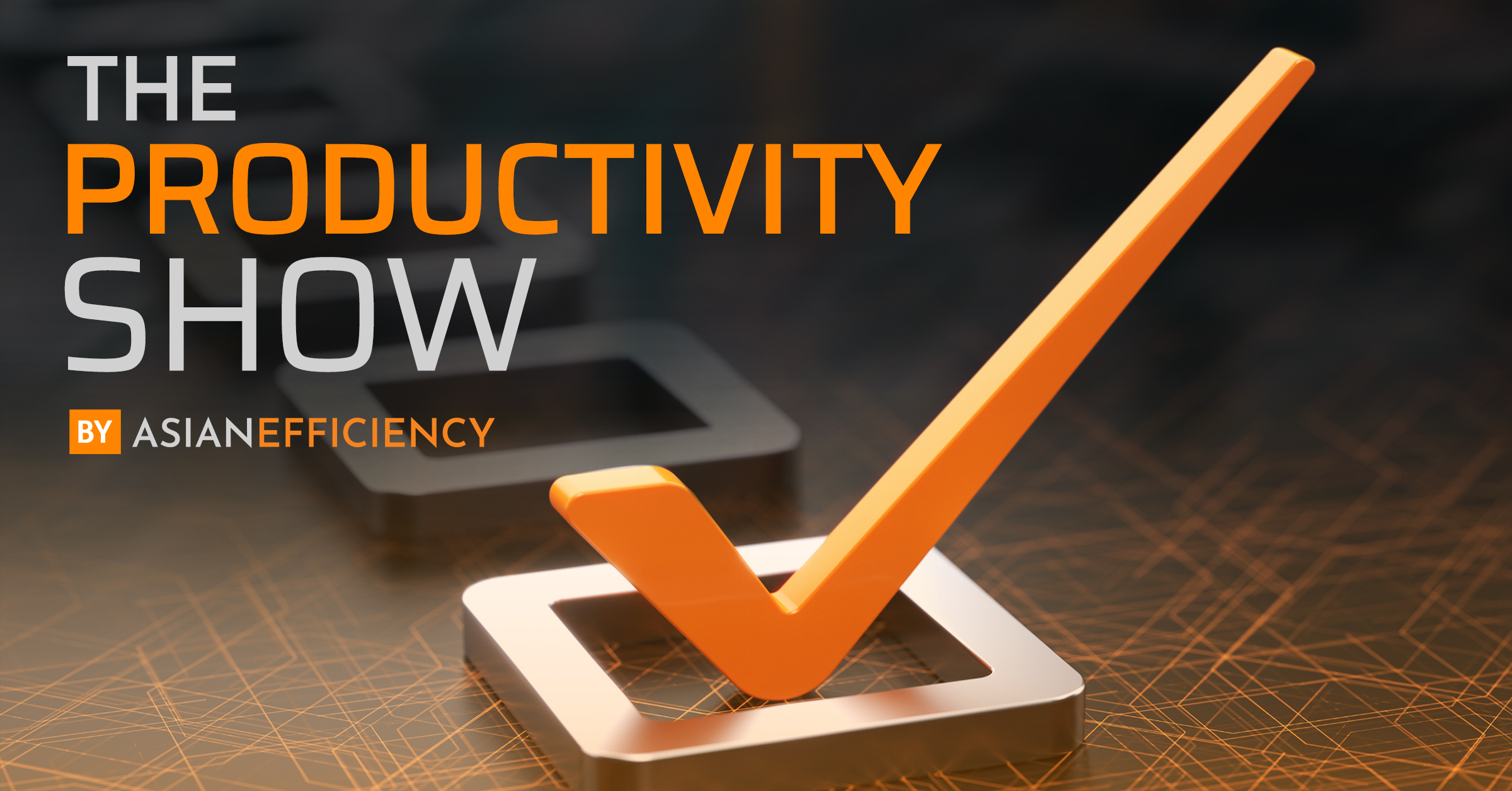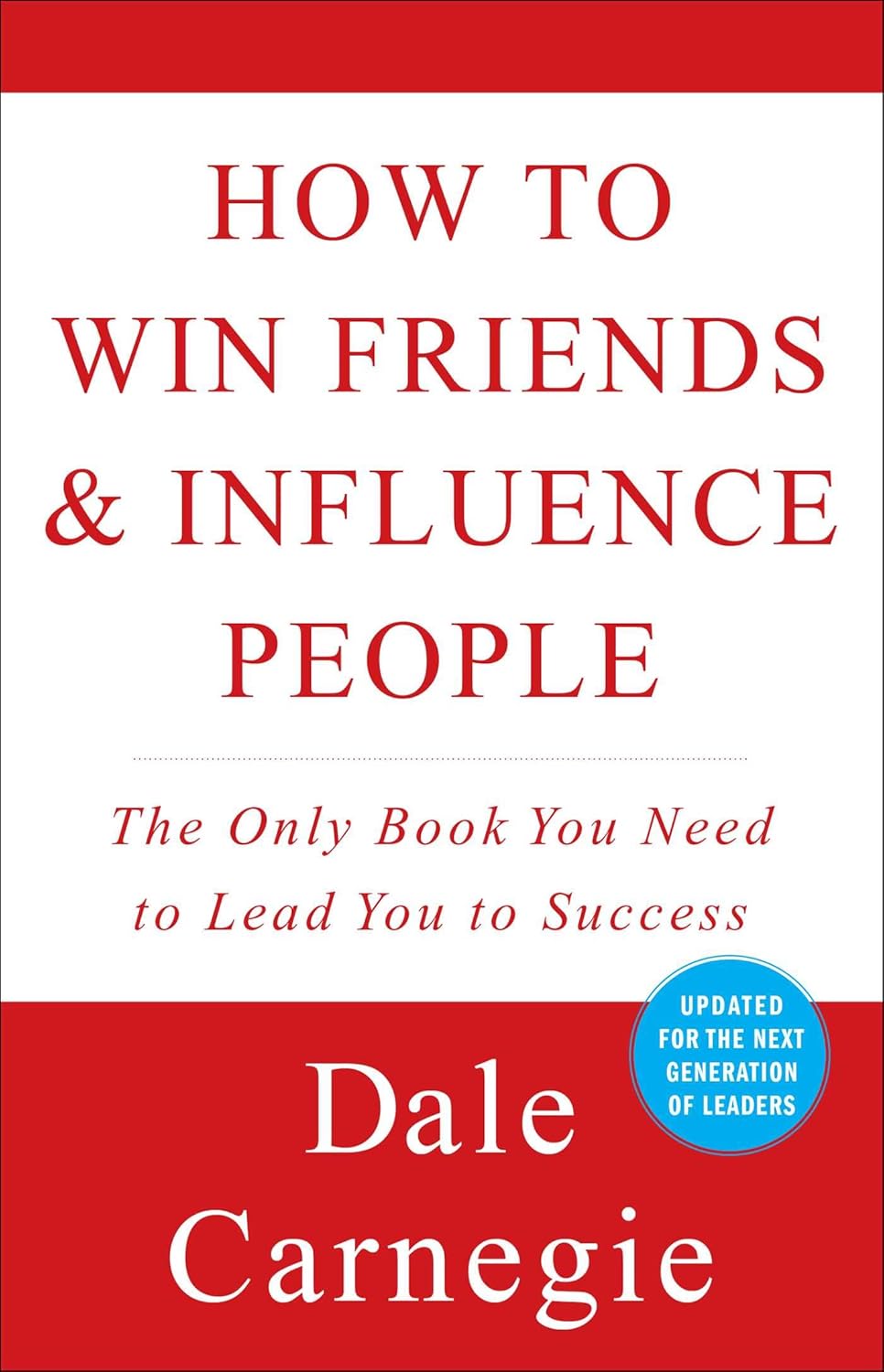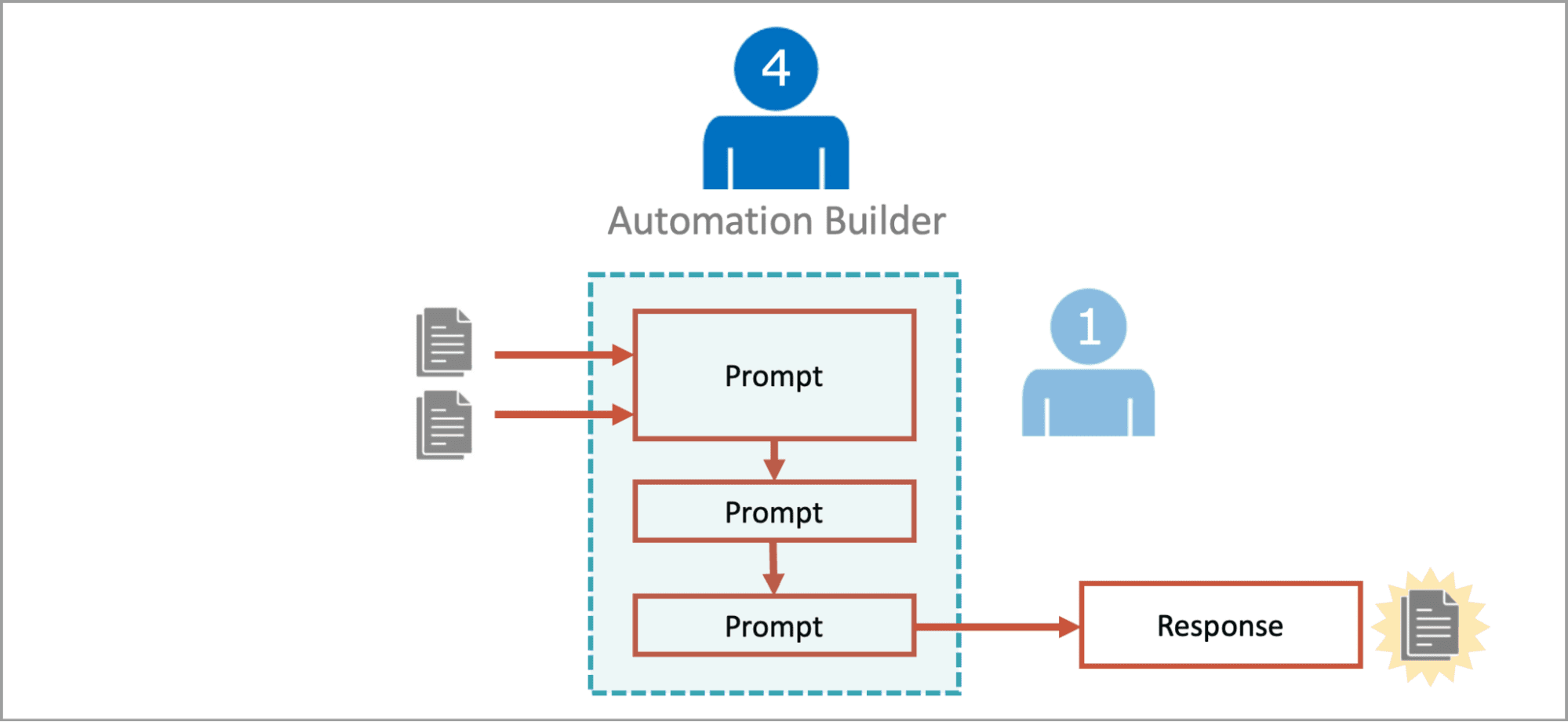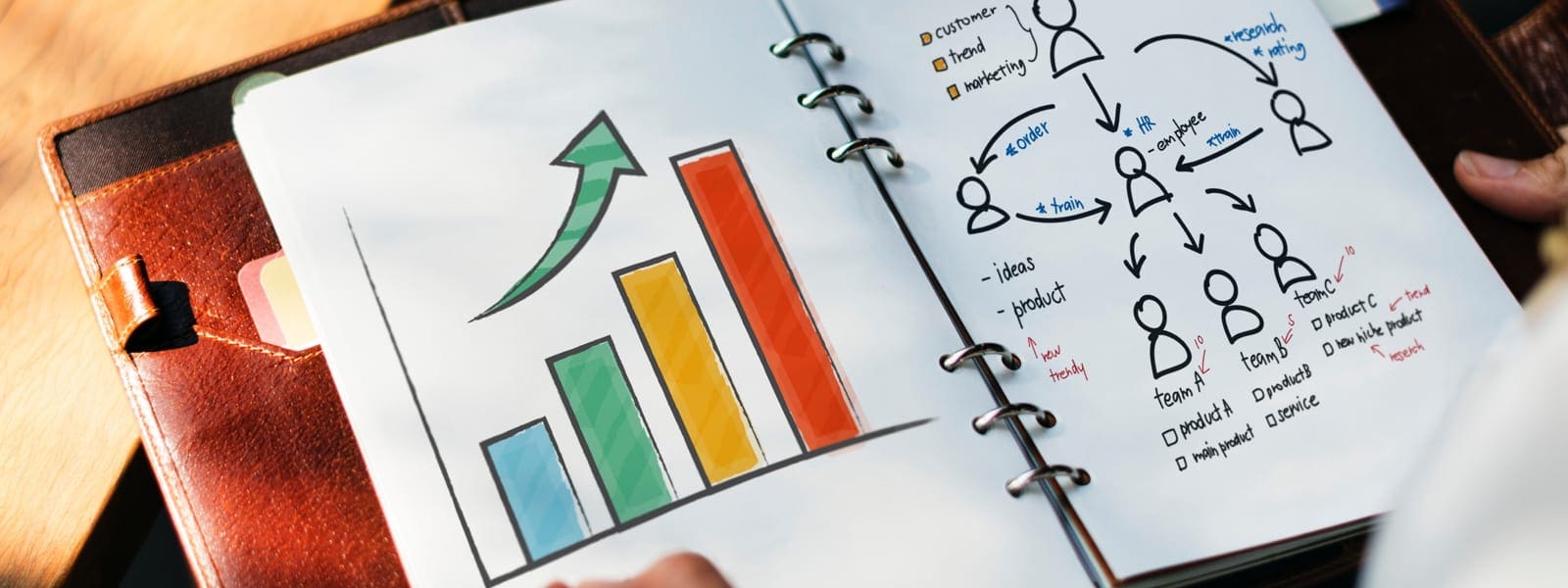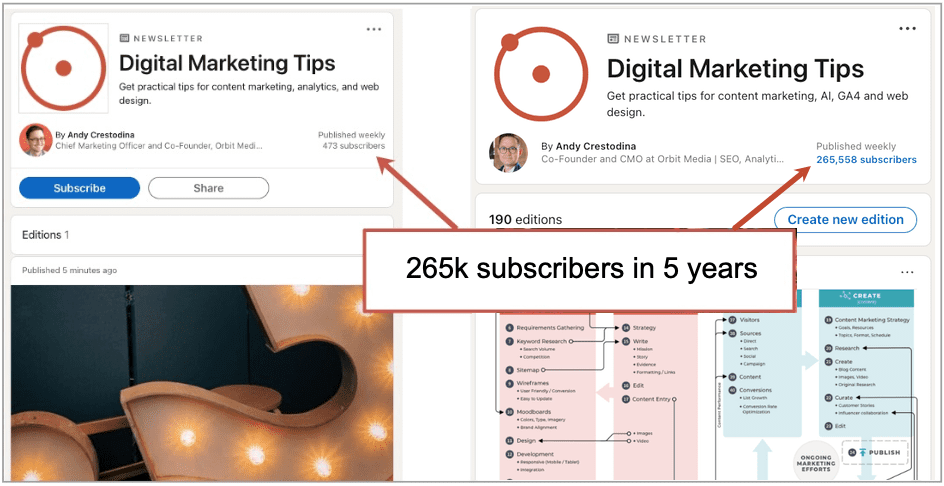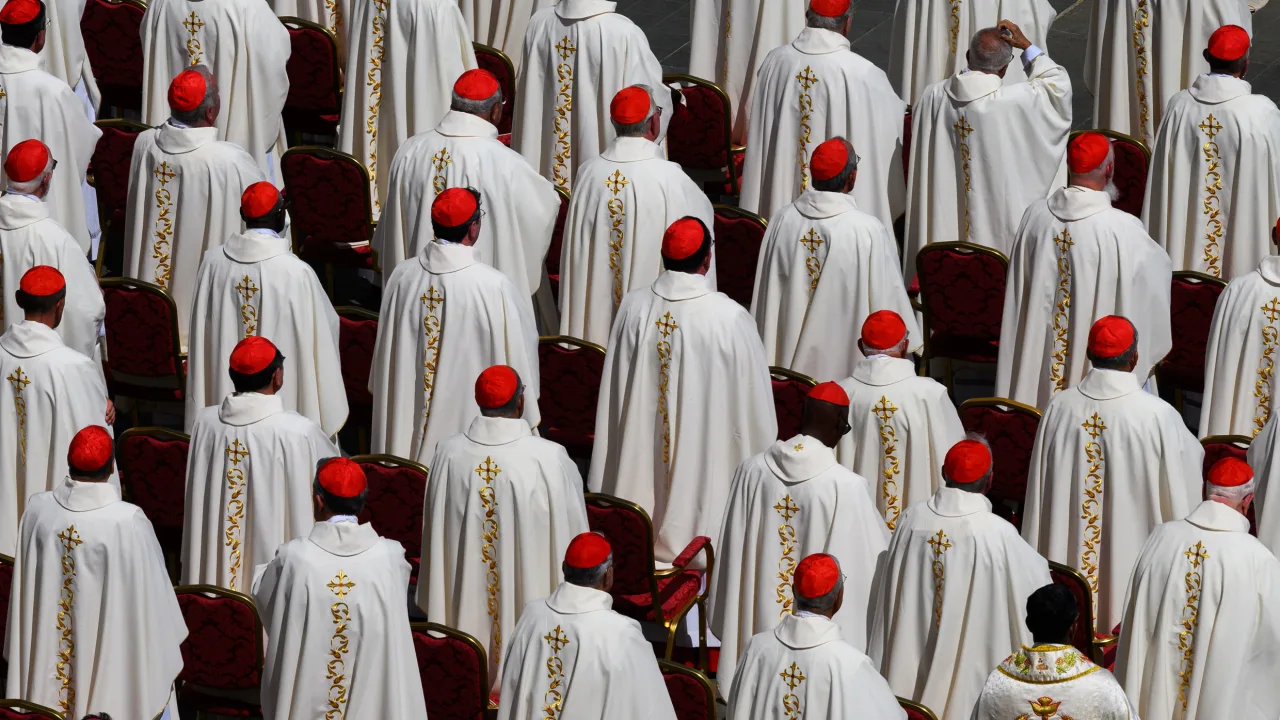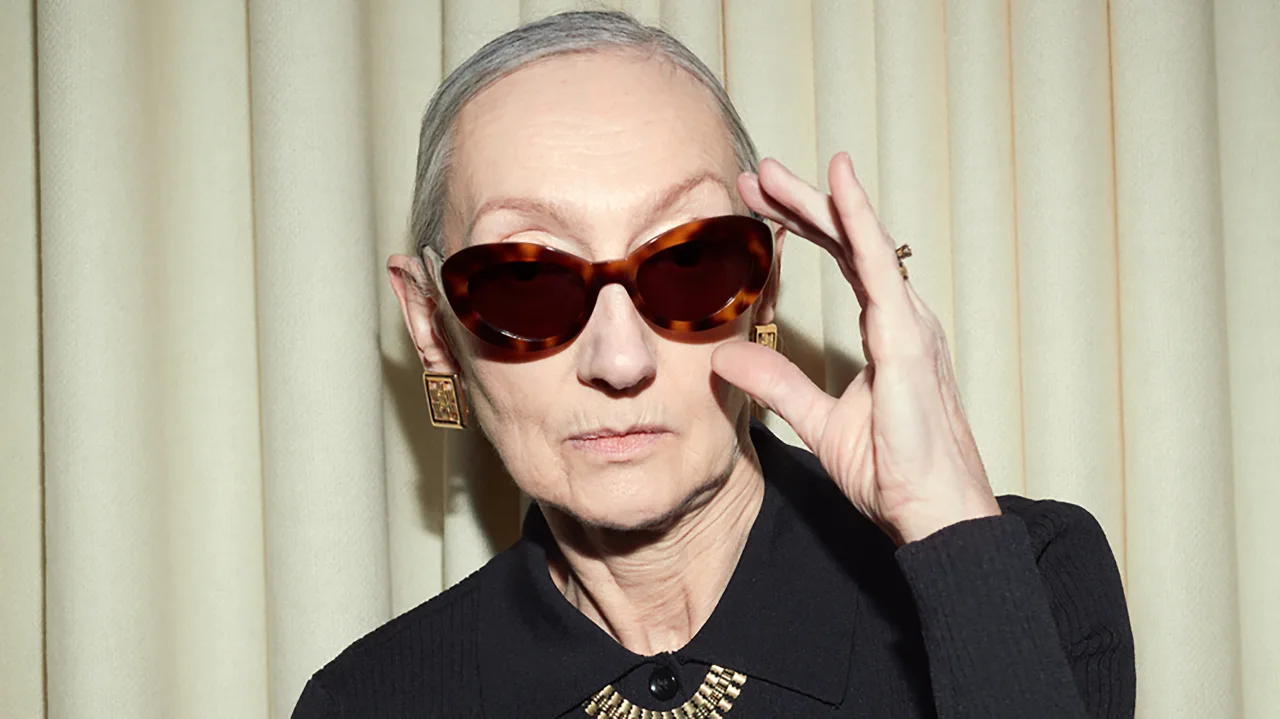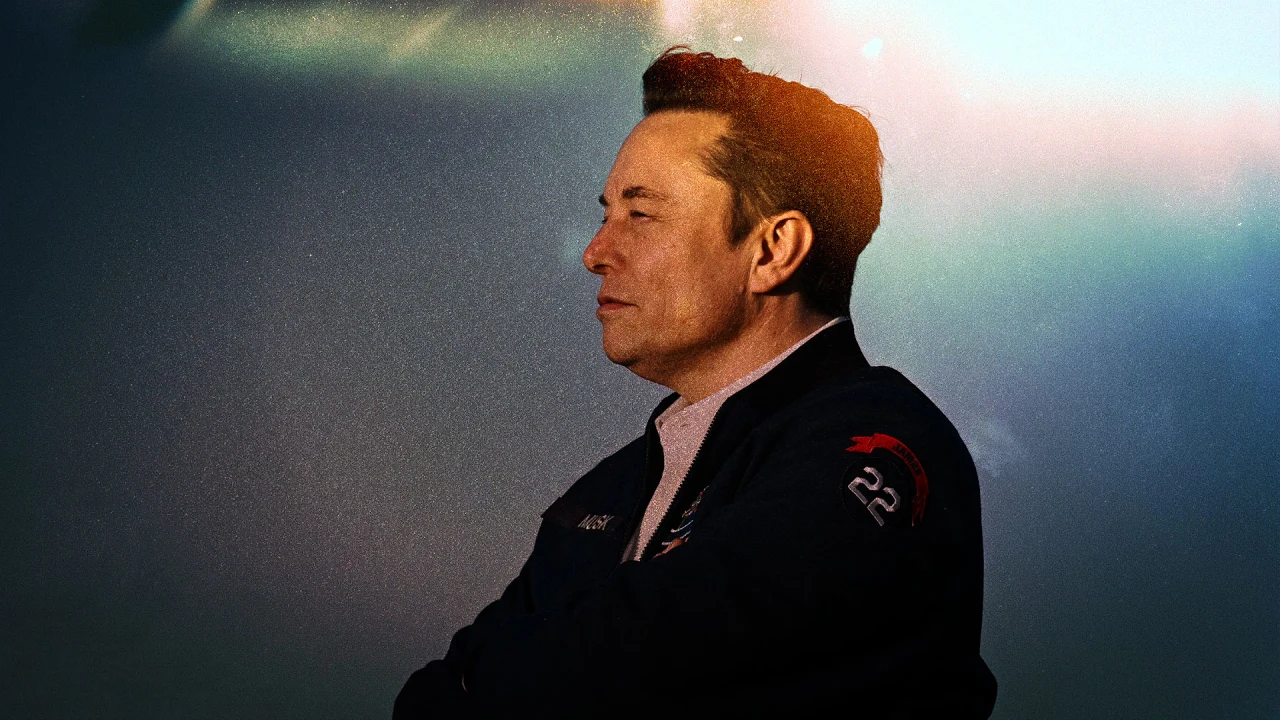Ready for stagflation? Here’s how the Trump tariffs could take us back to the not-so-groovy 70s
Just over a month ago, economists were so frightened of a potential recession they refused to call it by its name. The dreaded R word kept the financial punditry quaking in their boots on news shows—which feels a bit quaint now that we’re seeing signs of a possible stagflation on the horizon. Despite sounding like Yosemite Sam’s reaction to setting his drawers on fire, stagflation is just about the worst possible economic condition. As a portmanteau of “stagnant” and “inflation,” this kind of recession hits us with the triple threat of sluggish economic growth, rising inflation, and high unemployment rates. Until stagflation hit the United States in the 1970s, many economists did not believe this kind of economic crisis was possible. Since recovering from the 1970s-era stagflation, the U.S. has never experienced (or come close to experiencing) another bout—although stagflation in the Japanese economy in the 1990s proved that this phenomenon is not unique to America. To better understand what stagflation is, how it develops, and what we can do to protect our finances, I spoke to Kevin Matthews II, former financial adviser and founder of the financial education firm BuildingBread. Drawing on his economics degree from Hampton University and his experience teaching over 400,000 investors, Matthews has been raising the alarm about possible stagflation since March. Here’s what he shared. Recession vs. stagflation While no one jumps for joy over a recession, anyone older than the age of 20 has likely lived through more than one. Recessions are relatively common and follow a predictable pattern. According to Kiplinger, since the end of WWII, the U.S. economy has experienced a recession about once every 6.5 years, with an average recovery time of 11.1 months. This means that economists, despite their apparent terror about mentioning the word, understand recessions. “ We’ve gone through recessions before,” Matthews says. “We have answers to recessions.” Stagflation, on the other hand, isn’t normal. The U.S. economy is facing the first significant threat of stagflation since the 1970s. Unfortunately, “stagflation does not have a clear answer,” according to Matthews. “It’s worse than a recession.” This concern was echoed by economist Adam Posen of the Peterson Institute for International Economics. In a speech on April 15, 2025, Posen forecast that the U.S. economy has a 65% chance of entering a recession. But the worse news is that the situation could become a stagflationary recession, which he believes the Federal Reserve is unprepared to handle. Pulling the economy in opposite directions Matthews describes stagflation as the economy moving in two different directions at once. On the one side is inflation, where goods and services cost more money. On the other side is a slowing economy, where high unemployment leads to lower discretionary spending. This contradicts the traditional economic belief that inflation and unemployment are inversely related, as described by the Phillips curve. According to this economic theory, higher unemployment coincides with lower inflation and vice versa. Which is why the stagflation of the 1970s came as a surprise—and why economists still disagree about what exactly causes it. But this time around, we know exactly why we’re facing a potential stagflationary recession. It’s because of Trump’s tariffs. “This is definitely an anomaly” Even though stagflation is already rare, Matthews regards our current situation as a “weird and unique case.” “In the 1970s, the stagflation was partially oil related,” he says. “OPEC, which included a bunch of different countries, banded together to economically harm the U.S.” The oil embargo wasn’t the only driver of the 1970s economic crisis, but it was part of the reason consumers felt the effects of stagflation from 1973 to 1982—especially the long lines at the gas pump Grandpa is always going on about. In 2025, it’s Trump’s tariffs that are causing both inflation and stagnation. “ This is very much a man-made problem,” says Matthews. “In theory, we could just not have tariffs and things would go back to normal.” Unfortunately, in addition to the unforced error of Trump’s tariffs, our economy is also grappling with the chaos of how the tariffs have been implemented. “Things keep moving so quickly,” Matthews says. “Tariffs are paused then unpaused. They go from 10% to 20% to 104% to whatever it is by the time this day is over. Consumers and businesses can’t plan their purchases.” In other words, even if the president immediately called a halt to the tariffs—which would probably end the specter of stagflation—the uncertainty and chaos we’ve already experienced would still affect the economy. “At a time like this, people don’t want to invest in the United States,” Matthews explains. “Companies don’t know where to build or invest or hire.” The Fed’s on/off switch With Federal Reserve chair J

Just over a month ago, economists were so frightened of a potential recession they refused to call it by its name. The dreaded R word kept the financial punditry quaking in their boots on news shows—which feels a bit quaint now that we’re seeing signs of a possible stagflation on the horizon.
Despite sounding like Yosemite Sam’s reaction to setting his drawers on fire, stagflation is just about the worst possible economic condition. As a portmanteau of “stagnant” and “inflation,” this kind of recession hits us with the triple threat of sluggish economic growth, rising inflation, and high unemployment rates.
Until stagflation hit the United States in the 1970s, many economists did not believe this kind of economic crisis was possible. Since recovering from the 1970s-era stagflation, the U.S. has never experienced (or come close to experiencing) another bout—although stagflation in the Japanese economy in the 1990s proved that this phenomenon is not unique to America.
To better understand what stagflation is, how it develops, and what we can do to protect our finances, I spoke to Kevin Matthews II, former financial adviser and founder of the financial education firm BuildingBread. Drawing on his economics degree from Hampton University and his experience teaching over 400,000 investors, Matthews has been raising the alarm about possible stagflation since March. Here’s what he shared.
Recession vs. stagflation
While no one jumps for joy over a recession, anyone older than the age of 20 has likely lived through more than one. Recessions are relatively common and follow a predictable pattern. According to Kiplinger, since the end of WWII, the U.S. economy has experienced a recession about once every 6.5 years, with an average recovery time of 11.1 months.
This means that economists, despite their apparent terror about mentioning the word, understand recessions. “ We’ve gone through recessions before,” Matthews says. “We have answers to recessions.”
Stagflation, on the other hand, isn’t normal. The U.S. economy is facing the first significant threat of stagflation since the 1970s. Unfortunately, “stagflation does not have a clear answer,” according to Matthews. “It’s worse than a recession.”
This concern was echoed by economist Adam Posen of the Peterson Institute for International Economics. In a speech on April 15, 2025, Posen forecast that the U.S. economy has a 65% chance of entering a recession. But the worse news is that the situation could become a stagflationary recession, which he believes the Federal Reserve is unprepared to handle.
Pulling the economy in opposite directions
Matthews describes stagflation as the economy moving in two different directions at once. On the one side is inflation, where goods and services cost more money. On the other side is a slowing economy, where high unemployment leads to lower discretionary spending.
This contradicts the traditional economic belief that inflation and unemployment are inversely related, as described by the Phillips curve. According to this economic theory, higher unemployment coincides with lower inflation and vice versa.
Which is why the stagflation of the 1970s came as a surprise—and why economists still disagree about what exactly causes it. But this time around, we know exactly why we’re facing a potential stagflationary recession.
It’s because of Trump’s tariffs.
“This is definitely an anomaly”
Even though stagflation is already rare, Matthews regards our current situation as a “weird and unique case.”
“In the 1970s, the stagflation was partially oil related,” he says. “OPEC, which included a bunch of different countries, banded together to economically harm the U.S.” The oil embargo wasn’t the only driver of the 1970s economic crisis, but it was part of the reason consumers felt the effects of stagflation from 1973 to 1982—especially the long lines at the gas pump Grandpa is always going on about.
In 2025, it’s Trump’s tariffs that are causing both inflation and stagnation. “ This is very much a man-made problem,” says Matthews. “In theory, we could just not have tariffs and things would go back to normal.”
Unfortunately, in addition to the unforced error of Trump’s tariffs, our economy is also grappling with the chaos of how the tariffs have been implemented. “Things keep moving so quickly,” Matthews says. “Tariffs are paused then unpaused. They go from 10% to 20% to 104% to whatever it is by the time this day is over. Consumers and businesses can’t plan their purchases.”
In other words, even if the president immediately called a halt to the tariffs—which would probably end the specter of stagflation—the uncertainty and chaos we’ve already experienced would still affect the economy.
“At a time like this, people don’t want to invest in the United States,” Matthews explains. “Companies don’t know where to build or invest or hire.”
The Fed’s on/off switch
With Federal Reserve chair Jerome Powell recently in the news, you might be wondering why the Fed doesn’t do something to nip the potential stagflation in the bud. Couldn’t the notorious Jerry P lower interest rates to fix this? (The president has certainly wondered the same thing out loud and repeatedly.)
Unfortunately, nothing the Fed can do will improve the situation. “The Fed technically only has an on and off switch,” explains Matthews. “All it can do is raise rates or lower them.”
During periods of high unemployment and slow economic growth, the Fed might lower rates to encourage spending. With lower interest rates, it’s cheaper to buy things, which can help spur economic growth. This is why the president has been publicly melting down about Powell’s refusal to lower interest rates. Trump believes that lowering rates will stave off a recession.
But we’ve also recently experienced significant inflation. “Normally when you see prices rise because of inflation, the Fed increases interest rates to stop people from spending,” Matthews says. Higher interest rates lead to lower demand, which helps to slow inflation. While inflation has cooled from its peak of 8 percent in 2022, many economists—including Powell—are warning Trump’s trade policies will create another period of inflation.
Lowering interest rates is not only pointless in the face of tariff-induced inflation, but lower interest rates also traditionally increase inflation. So lower rates wouldn’t help. On the other hand, if the Fed raised interest rates, purchases would become even more expensive—which traditionally slows economic growth and increases unemployment.
Although raising interest rates to a sky-high 21% in 1979 was how Fed chair Paul Volcker ended the 1970s era stagflation, remember that his actions came after six years of ineffectual policies based on bad economic advice—and it took another three years for the economy to recover after his historic rate increase. Pulling a Volcker on the Fed rates should be considered the nuclear option.
As much as we might want to appeal to Jerome Powell Kenobi as our only hope, the Fed’s on/off switch is not equipped to prevent stagflation.
Preparing your finances
While the average American can’t control U.S. economic policy, there is a lot you can do to secure your own financial house for the possibility of stagflation. As a bonus, these strategies will also help your bottom line if the stagflation never comes to pass:
- Build your emergency fund. This advice is on the personal finance greatest hits album for a reason: having money set aside for an emergency is always a good idea. But right now, Matthews suggests putting aside more than you normally would. “Things might get a little more expensive than you expect,” he says. “Also, a bigger emergency fund will help just in case you face a layoff.”
- Pay off high-interest debt. Whatever you can do to eighty-six your expensive debt can help you be more flexible if the economic shift hits the fan.
- Stay invested. You may be tempted to cash out your 401(k) and bury the money in the backyard, but Matthews wants you to remember that “staying calm and keeping your money invested is still the best long-term strategy.”
Surviving stagflation
Of all the cultural trends from the 1970s, stagflation is the last one we’d choose for a comeback. (Yes, even behind Jell-O Salad.) When it comes to stagflation, the Fed’s hands are tied and the U.S. economy may be in for a rough one.
To add insult to injury, this stagflation reboot was entirely preventable. But even though you can’t affect policy decisions or economic forces, you can focus on your personal economic health. Building a robust emergency fund, paying off high-interest debt, and staying invested can all help protect your financial house in case we do fall into stagflation.
“We’re in a very, very strange position,” Matthews says. “Focus on controlling what you can control.”

















































